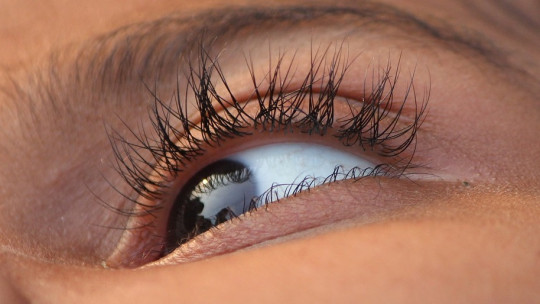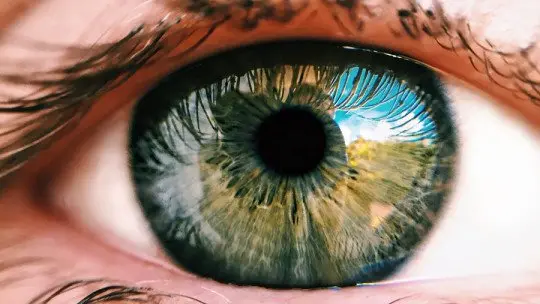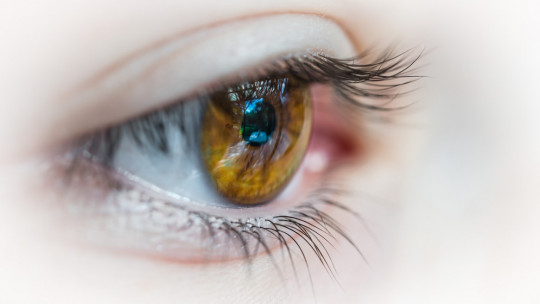
One of the most powerful tools that people who go to psychological therapy have to improve their mental health is their imagination Through this resource, psychotherapists can access, together with the patient, their dysfunctional schemas, memories of negative experiences that have generated a harmful emotional impact on them.
In this article we are going to talk about one of the Imaginal Reworking and Reprocessing Therapy which includes some of the most complex and experiential techniques within psychological therapy, which, used well (requires improvisation capacity and therapeutic skills), can help many people turn the page and adopt more adaptive points of view in relation to their situation. past.
It should be noted that, unlike other experiential techniques with little scientific evidence, this therapy has shown its effectiveness for Post-Traumatic Stress Disorder. Specifically, it has been shown to be effective for those patients with high levels of anger, hostility and guilt in relation to the trauma experienced.
What is Imaginal Reworking and Reprocessing Therapy?
Imaginal reworking and reprocessing therapy (IRRT) was originally devised to treat adults who have suffered sexual abuse as children. It was proposed by Smucker and Dancu (1999, 2005), although today there are different variants (see Arntz and Weertman, 1999 and Wild and Clark, 2011) to address various problems.
TRIR gives prominence to the emotions, impulses and needs experienced by the patient by reliving the trauma in the imagination The trauma is not denied: the patient corrects the situation in his imagination so that he is now able to express his feelings and act according to his needs, something that was not possible at the time (due to his vulnerability or helplessness, or simply, due to being in shock).
It is a combination of imaginal exposure, mastery imagination (in which the patient adopts a more active-protagonist role) and trauma-focused cognitive restructuring. The main objectives of imaginal reworking and reprocessing are:
Why is it recommended to use TRIR?
The most effective therapies to treat traumatic memories have in common a component of imaginal exposure. Traumatic memories, especially childhood ones, are primarily encoded in the form of images of high emotional intensity, which are very difficult to access through purely linguistic means. It is necessary to activate emotions to access them and be able to elaborate and process them in a more adaptive way. In short, imagination has a more powerful impact than verbal processing on negative and positive emotions
In what cases can it be used?
In general, it has been used to a greater extent in those people who have suffered some trauma in their childhood (childhood sexual abuse, child abuse, bullying) and who, as a consequence, have developed Post-Traumatic Stress Disorder.
However, It can be used in all those people who have had negative experiences in childhood/adolescence – not necessarily traumatic – that have had a negative impact on their personal development. For example, situations of neglect (not being cared for properly), not having had their psychological needs met in childhood (for affection, security, feeling important and understood, validated as a person…).
It is also used in cases of Social Phobia, since these people usually present recurring images linked to memories of traumatic social events (feeling of being humiliated, rejected or of having made a fool of themselves), which occurred at the beginning of the disorder or during its worsening.
It is also used in people with Personality Disorders, such as Borderline Personality Disorder or Avoidant Personality Disorder.
Variants and phases of this psychotherapeutic model
The two best-known variants of the TRIR are that of Smucker and Dancu (1999) and that of Arntz and Weertman (1999).
1. Variant of Smucker and Dancu (1999)
2. Variant of Arntz and Weertman (1999)
This variant consists of 3 phases (very similar to those of Smucker and Dancu) but differs from Smucker in 2 things:








